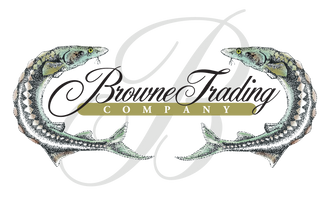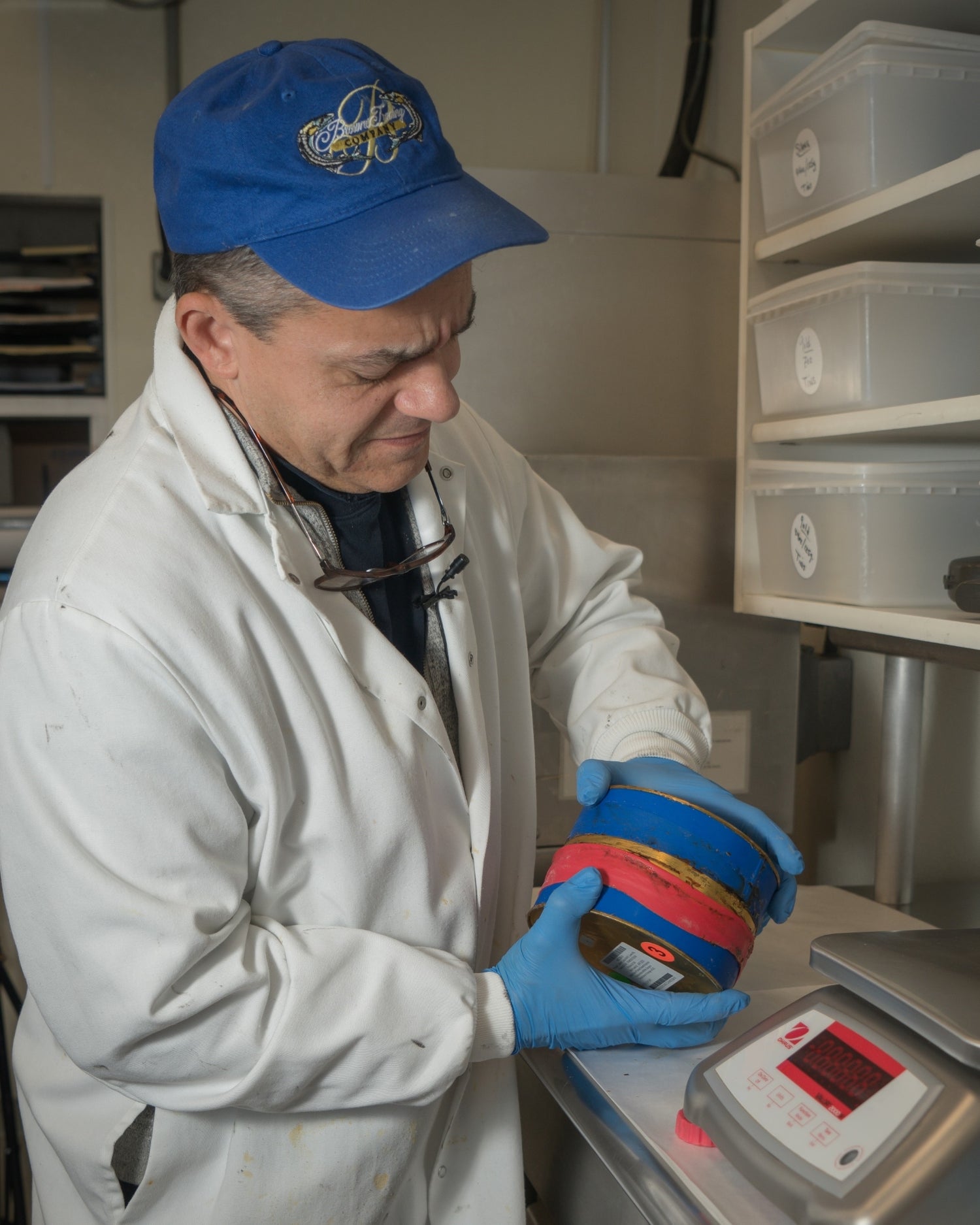A common red flag is anything pertaining to “Russian Osetra” or “Russian Imperial.” In most cases, “Russian” refers to the species, not the country of origin. Caviar from the Caspian Sea, all Russian osetra caviar, and ANY wild caviar export, has been closed since 2005 by CITES (Convention for Trade in Endangered Species).
When you see the word “Caspian” on the label, you should be wary of what is inside. “Caspian” refers to the sturgeon caught in the Caspian Sea that primarily borders Russia and Iran. It remains closed to the export of ANY caviar.
U.S. Fish and Wildlife monitor all caviar imported from outside the United States. Only purveyors with a CITES permit that assures the origin and species of the sturgeon are legitimate.

